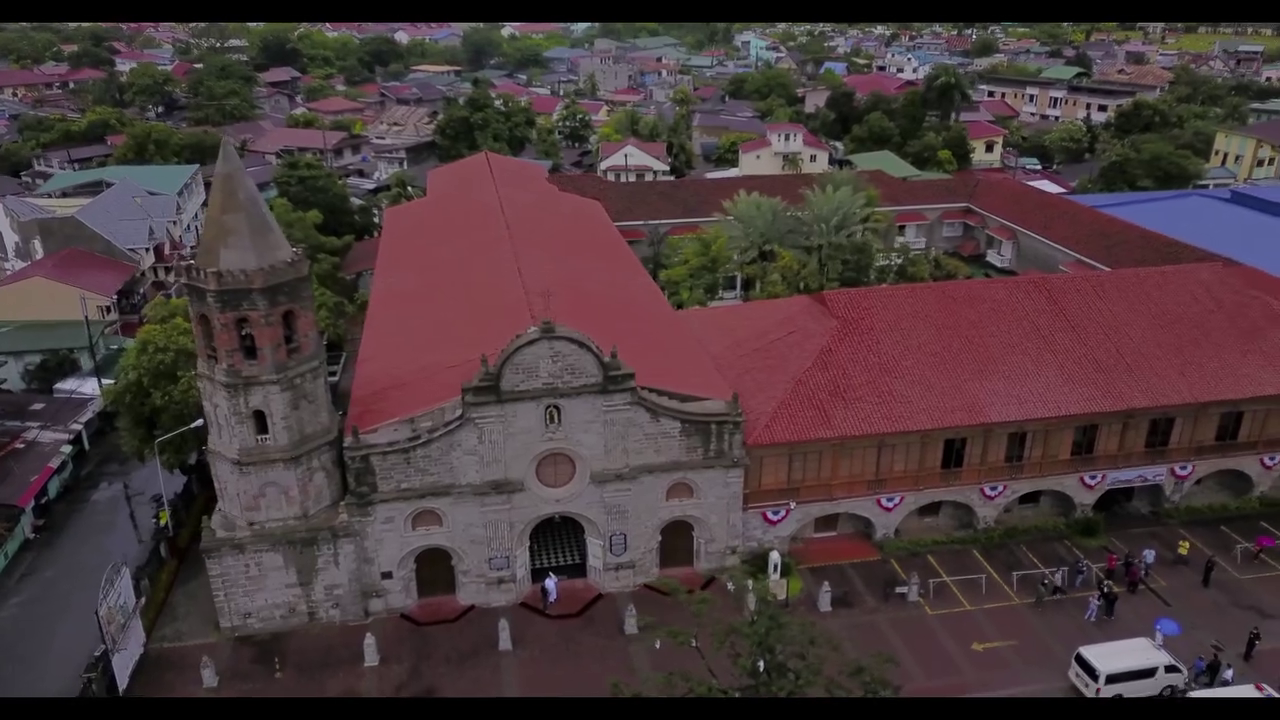
For almost a century, the conservation of structures in the Philippines has been a quiet yet steadfast practice. Although only a handful of buildings were formally recognized as heritage during the Spanish and American Colonial Periods, the drive to preserve our architectural legacy — particularly civic and church structures — has been an enduring part of our national identity.
In the aftermath of the 1863 earthquake, the Pasig Church Bell Tower was restored by Felix Roxas, symbolizing an early example of heritage conservation. During the Malolos Convention, Arcadio Arellano meticulously repaired the Barasoain Church. Likewise, Tomas Mapua oversaw the restoration of the Intendencia de Intramuros and the Ayuntamiento de Manila in 1935 in anticipation of the Commonwealth Proclamation. The most ambitious of these early efforts came in the 1980s when the Intramuros Administration (IA) restored the entire walls of Intramuros — an unprecedented feat that remains the largest conservation project in Philippine history.
The dawn of the 21st century saw a renewed and growing awareness of our historical and cultural heritage. This was fueled in part by social media platforms that inspired pride in our past and by the enactment of Republic Act 10066, the National Cultural Heritage Act, which mandated the conservation of our country’s irreplaceable treasures. The recent restoration of the Metropolitan Theater by the National Commission for Culture and the Arts, better known as the NCCA, exemplifies the dedication required for this cause.
Despite the challenges, the project demonstrated that with collective resolve, we can reclaim and breathe new life into our heritage. The adaptive reuse of landmarks like Kalayaan Hall and the Teus and Goldenberg Mansions in the Malacañang Palace Complex, also highlights how these historic structures continue to remain relevant and meaningful in our contemporary context.
Equally fascinating is the modern bayanihan (communal) spirit behind the concept of Transferring Heritage Structure, the Las Casas Filipinas de Acuzar in Bagac, Bataan. It may not be ideal but it has served as a testament to this innovative approach — dismantling and rebuilding heritage buildings piece by piece to create a new setting that honors and celebrates our past.
Today, the most ambitious restoration effort is the Department of Education’s Gabaldon Restoration Project, launched in 2018 under Republic Act 11194. It aims to restore and conserve over 1,000 historic schoolhouses, safeguarding them as centers of learning and culture for generations to come. Simultaneously, the Department of Public Works and Highways initiated the “Big One Preparedness Program” to assess and retrofit old structures in Metro Manila, a necessary measure given the region’s vulnerability to earthquakes.
The conservation movement is now rallying around the effort to restore the 1926 Manila Central Post Office Building, ravaged by fire in 2023, and the Aduana or Intendecia de Manila of 1876. These iconic structures, symbols of our country’s architectural heritage, have inspired a wave of collaboration among cultural agencies and the private sector determined to restore them to their former glory.
Despite these significant milestones, conservation in the Philippines remains fraught with challenges — chronic underfunding, limited government support, the constant threat of natural disasters, and a general lack of public awareness. Moreover, many conservation projects are led by untrained individuals, echoing the same obstacles that have confronted conservationists for over a hundred years.
The delicate balance between preserving our heritage and accommodating modernity is an ever-present struggle. Yet, even as these challenges persist, the story of conservation in the Philippines is one of hope, resilience, and an unwavering commitment to our shared history.
Much has been achieved, but much more lies ahead. As time marches on and new structures join the “old column,” they will need the care of skilled and passionate stewards — architects, students, and history lovers — ready to face the signs of wear, neglect, and deterioration with knowledge and resolve. It is upon us to ensure that we are not only conserving and preserving but also championing the heritage that defines us.
Joel Vivero Rico, FPIA, UAP is an award-winning conservation architect, author, historian, heritage consultant, archaeologist, and history professor at De La Salle-College of Saint Benilde Design and Arts since 2011. He served as national president of the Philippine Institute of Architects, was deputy director of UAP Sentro ng Arkitekturang Filipino, president and CEO of Archaeology + Heritage (A+H), past executive council member of the NCCA Committee on Architecture and Allied Arts, and is currently an NCCA Executive Council Member in the National Committee on Monuments and Sites.